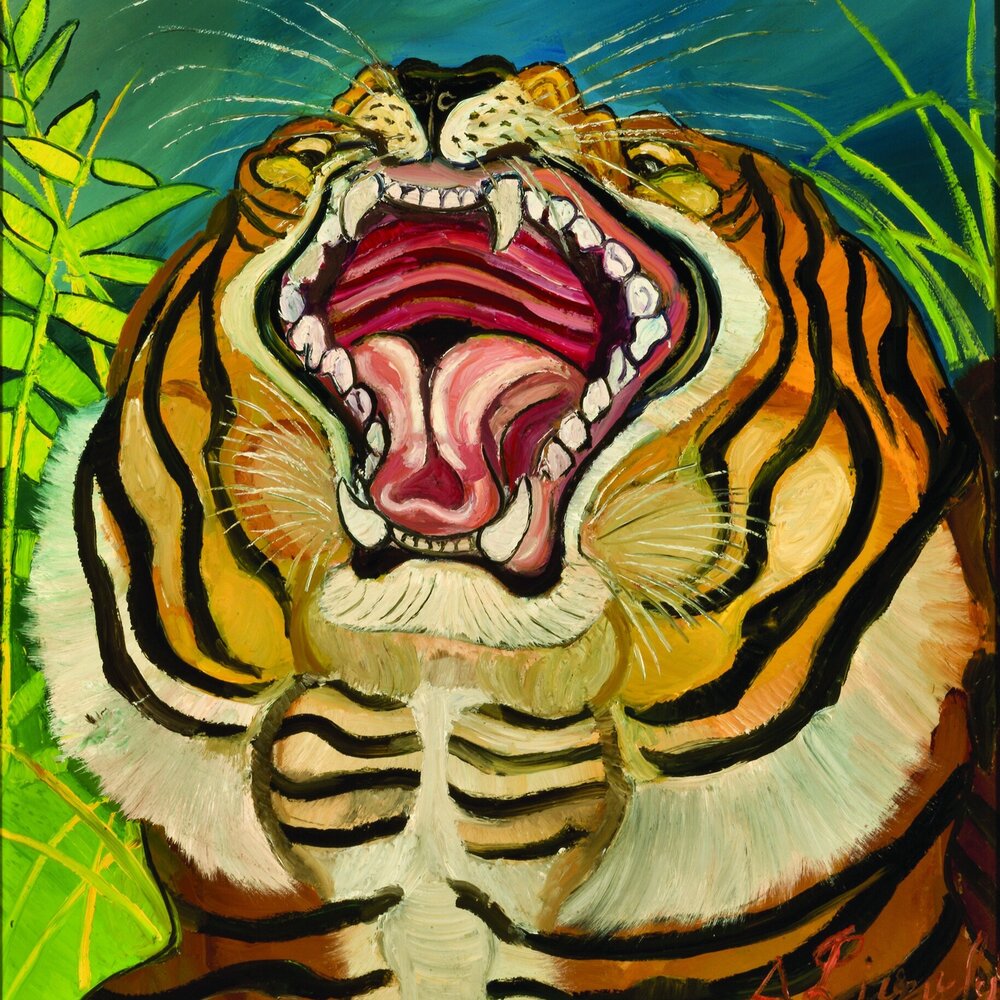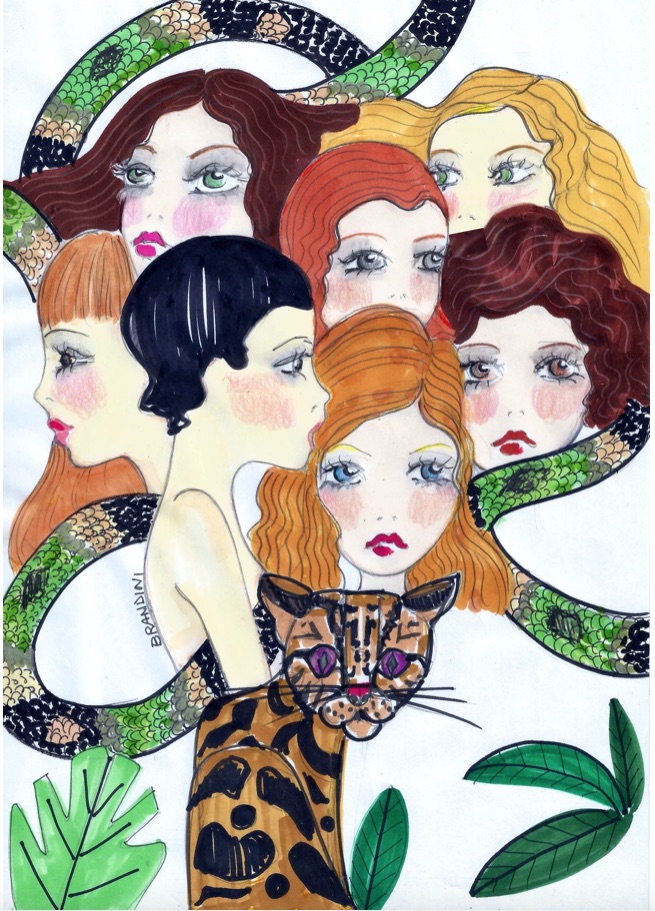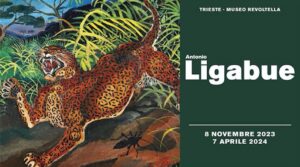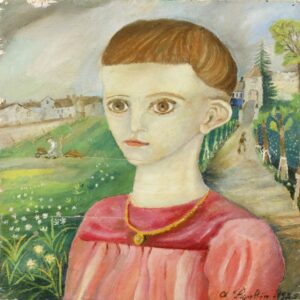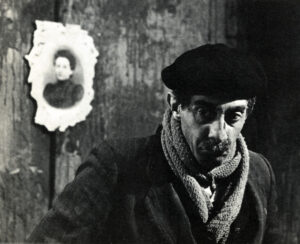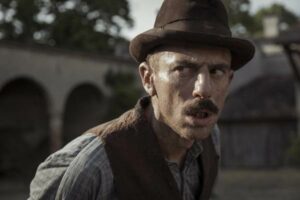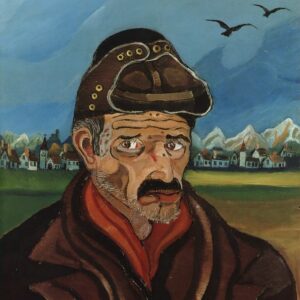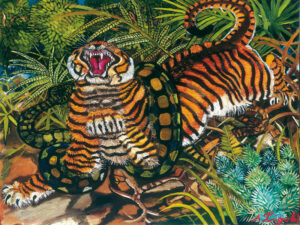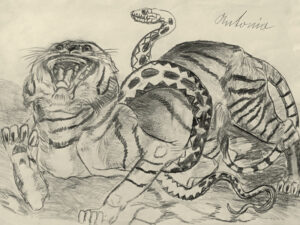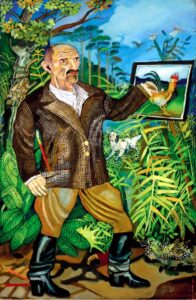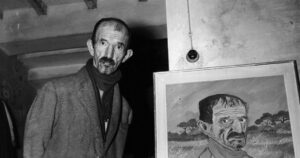Tiger head by Antonio Ligabue
Women in the jungle by Beatrice Brandini
At the Revoltella Museum in Trieste, from 8 November to 7 April 2024 you can visit the exhibition of Antonio Ligabue, one of the greatest artists of the twentieth century.
Exhibition poster
Antonio Ligabue Portrait of Elba
Flavio Bucci and Elio Germano play Antonio Ligabue
I remember seeing documentaries and excerpts from a memorable drama, starring the immense Flavio Bucci, about the life of Antonio Ligabue, and how can we not mention the beautiful most recent film “I wanted to hide”, starring my favorite actor Elio Germano; every time I have always been pervaded by a sense of restlessness and inadequacy, the life of this extraordinary artist was very sad, solitary, unhappy, devastated by continuous hospitalizations in structures where madness was treated as if it were an evil to be eradicated.
Antonio Ligabue Self-portrait
A soul overwhelmed by pain and madness, that of Ligabue, capable of making his anxieties eternal and wonderful through his powerful painting. A moving story, excluded from the community, misunderstood, linked in an almost visceral way to nature and the animal world, perhaps the only one who could understand him with his silence.
Antonio Ligabue Tiger with snake
Antonio Ligabue Tiger with snake, drawing
An important meeting was with Renato Marino Mazzacurati who understood his art and taught him to use oil colours, showing him the way towards valorising his innate talent. Ligabue used a technique characterized by powerful, full-bodied brushstrokes, as if the awareness of the strength of nature, of its survival mechanisms, were translated into painting. And the Po area, with its woods and forests, was the perfect setting.
Antonio Ligabue Self-portrait with easel
A personality completely foreign to the artistic world, never attended academies or schools, never had teachers, Ligabue was extravagant, creative, crazy, but in a spontaneous and pure, almost animalistic way. The not of him were attitudes, it was real life. Twentieth-century criticism never dealt with him, fortunately important and cultured people such as Zavattini or Mazzacurati understood his genius.
A photo of Antonio Ligabue
I think that going to see an exhibition by Ligabue is a strong emotion, an emotion that throws his restlessness in our faces, the one that his people did not understand or did not want to understand.
Good life to everyone!
Beatrice


